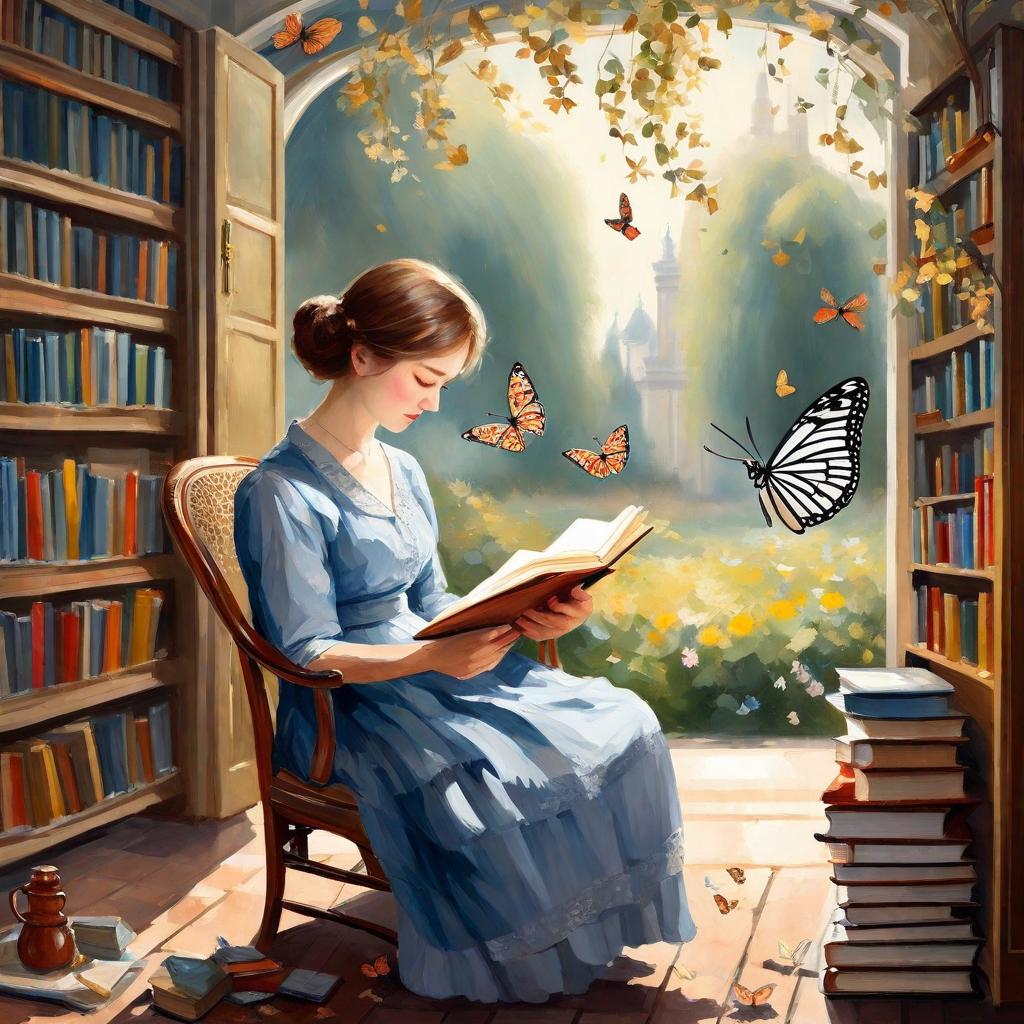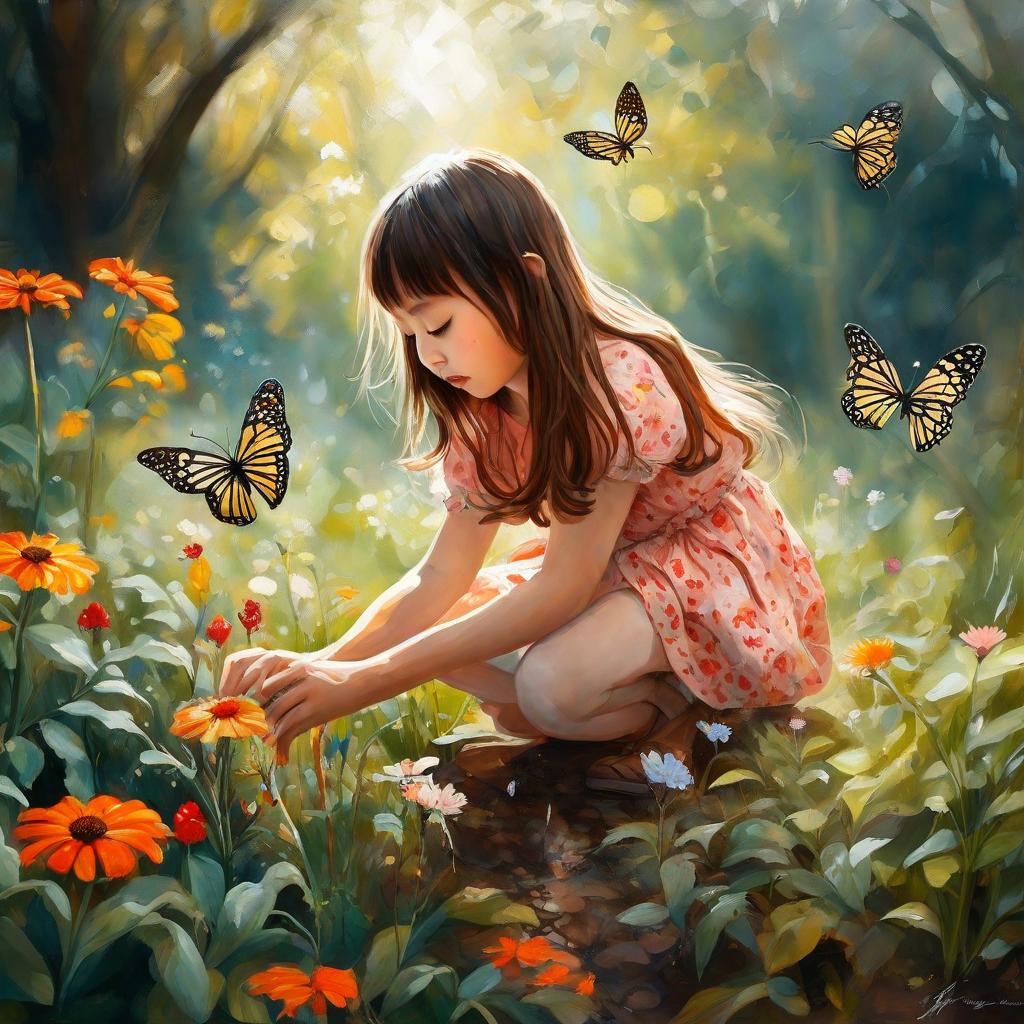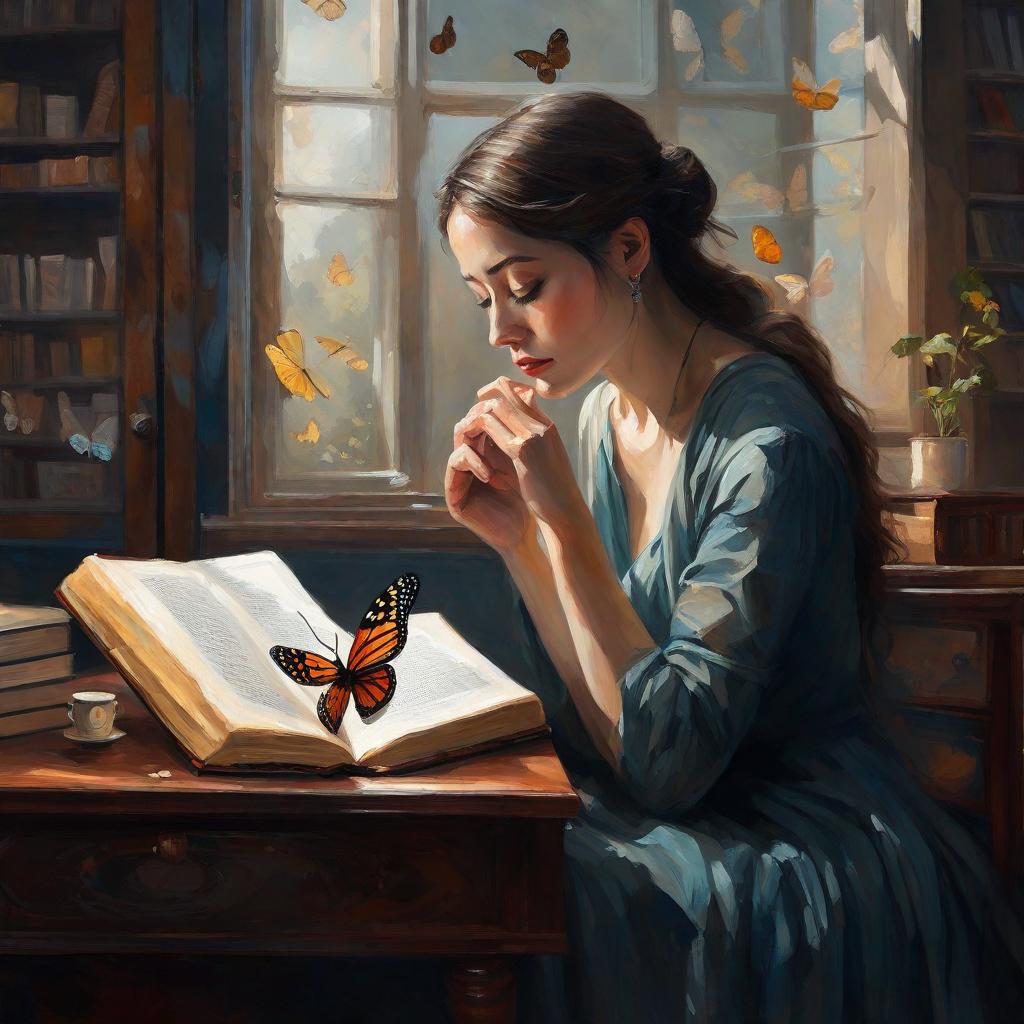
Table of Contents
ToggleThe Language of the Soul: Exploring Symbolism's Universal Voice
Symbolism, a mesmerizing interplay of the concrete and the suggested, has been present in human expression since the beginning of imagination. It serves as a language intricately intertwined with art, literature, and even our daily existence, where ordinary things and concepts surpass their superficial significance to evoke profound truths and emotions. But what is the origin of this intricate web of symbolism, and how have we deciphered its messages throughout of history?
Rooted in the Primordial
Symbolism has its roots in the core of human communication. In ancient times, when language was not as advanced, people used symbols like cave paintings of animals and handprints on rocks to tell stories, express beliefs, and communicate warnings. These symbols were not just simple images; they held deep cultural significance, bridging the gap between the visible and the invisible.
Evolution Through the Ages
As civilizations thrived, symbolism evolved into a more intricate form. The ancient Egyptians attributed divine attributes to animals, with the scarab beetle symbolizing rebirth and the hawk representing the pharaoh’s power. In Greek mythology, the laurel wreath was a symbol of victory, while the olive branch represented peace. These symbols surpassed cultural boundaries, creating a universal language that was understood by all.
The Literary Lens
Literature has wholeheartedly embraced symbolism as a potent instrument. The great playwright William Shakespeare, also known as the Bard, skillfully crafted vibrant imagery through his words. In his renowned work “Romeo and Juliet,” the ill-fated lovers transcend their individuality and transform into symbols of love that defy the boundaries imposed by society. Likewise, in Herman Melville’s masterpiece “Moby Dick,” the majestic whale symbolizes the raw might of nature and humanity’s relentless pursuit of dominance.
Symbolism’s Flourishing:
During the 19th century, there was a significant surge in artistic movements, each characterized by its unique symbolic language. Romanticism, which emerged as a response to the Enlightenment’s focus on rationality, embraced symbolism that evoked deep emotions and celebrated the splendor of the natural world. In contrast, Gothic literature flourished by employing symbols of darkness and the supernatural, reflecting society’s apprehensions about the evolving world.

Symbolism as a Rebellion
During the late 1800s, Symbolism emerged as a distinctive art movement. In contrast to Realism’s emphasis on ordinary aspects, Symbolist artists such as Vincent van Gogh and Charles Baudelaire aimed to convey profound truths through thought-provoking imagery and metaphors. Through the use of colors, shapes, and objects, they infused hidden meanings, encouraging viewers to unravel the message concealed beneath the surface.
The Critical Gaze
Symbolism has been extensively explored by renowned critics. Charles Baudelaire, a prominent French literary critic, believed that symbols held the key to understanding the shared human experience. In the realm of Romanticism, Samuel Taylor Coleridge emphasized the importance of imagination in deciphering symbols, bridging the gap between the physical and the metaphysical.
Symbolism’s Enduring Legacy
Symbols have a lasting impact on our modern society. Whether it’s the peace dove, a symbol of hope that transcends borders, or the red rose, an eternal representation of love, symbols are everywhere. They enrich our comprehension of art, literature, and even our encounters.
The Takeaway
Symbolism goes beyond mere decoration; it catalyst conversation, connecting the tangible with the intangible. It encourages us to explore further, to contemplate the intricate layers of significance hidden within. As we come across symbols in our journey, let us embrace the opportunity to decipher their meanings, for in doing so, we gain a deeper comprehension of the world that surrounds us.
The Butterfly: Fluttering Through Literature Across Cultures
The butterfly, an enchanting creature that undergoes a remarkable transformation from a crawling caterpillar to a majestic winged marvel, has fascinated people for thousands of years. This profound change strikes a chord within us, igniting the creativity of artists, poets, and storytellers from all walks of life. Beyond its exquisite beauty, the butterfly has evolved into a potent symbol, intricately woven into the tapestry of literature.
Universal Symbolism: A Language Beyond Words
Butterflies transcend cultural boundaries, carrying a wealth of symbolism:
Transformation: The most common theme associated with butterflies is transformation. Their journey reflects our desire for growth, change, and reaching our full potential.
Hope and Renewal,The soul:
Butterflies hold a special place in various cultures as they symbolize the connection between the physical and spiritual realms, serving as messengers from the spirit world. Emerging from their dormant chrysalis, they embody the essence of hope, renewal, and the anticipation of a more radiant tomorrow.

A Literary Flight, Love’s Painted Wings: Stories Told in Butterfly Ink
Here’s a curated list of the best books that harness the power of the butterfly’s symbolism:
James Morier’s “The Adventures of Hajji Baba of Isfahan (1824)”
Is a witty novel that takes place in Qajar-era Iran, despite being written by a British author. Within the intricate world of court life, butterflies serve as a symbol of temporary joys and the allure of worldly beauty.
“Metamorphosis” by Franz Kafka (1915):
Delves into the unsettling journey of Gregor Samsa as he undergoes a profound transformation into a colossal insect. Through this extraordinary metamorphosis, the novella delves into profound themes of alienation and isolation.
“The Butterfly Lovers” (Chinese Legend):
This ancient Chinese tale tells the tragic story of two lovers who are transformed into butterflies after defying societal expectations for love. The butterfly becomes a symbol of enduring love and the fight for freedom.
“In the Time of the Butterflies” by Julia Alvarez (1994):
Takes place during the Dominican Republic dictatorship. It narrates the remarkable journey of the Mirabal sisters, known as “Las Mariposas” (The Butterflies), who bravely fought against the regime. The butterfly serves as a powerful symbol, representing their unwavering courage, defiance, and the extraordinary beauty of their quest for freedom.
The novella “The Little Prince” by Antoine de Saint-Exupéry (1943):
Follows a prince as he journeys from planet to planet, meeting various characters such as a conceited man and a lonely king. While butterflies are not a central theme, their brief appearances could be seen as representing transient connections and the value of nurturing authentic relationships.
In “The Blue Butterfly” by Henry Bauchau (1948):
The author delves into his own self-discovery process by analyzing his dreams. The butterflies in the novel symbolize delving into the subconscious and uncovering hidden truths.
“The Curious Incident of the Dog in the Night-Time” by Mark Haddon (2003):
Takes us on a journey of self-discovery with Christopher Boone, a young teenager who has autism. In this captivating coming-of-age tale, we get a unique perspective as Christopher navigates the complexities of the world around him.
“The Paper Menagerie” by Ken Liu (2011):
This short story collection includes “The Paper Menagerie,” where a man grapples with his cultural identity and his relationship with his immigrant parents. Origami butterflies become a symbol of his attempts to bridge the gap between his American upbringing and his Chinese heritage.
“One Hundred Years of Solitude” by Gabriel Garcia Marquez (1967):
Takes us on a captivating journey through the enchanting world of the Buendia family, showcasing their extraordinary rise and eventual downfall.
“Jonathan Livingston Seagull” by Richard Bach (1970):
Is a captivating tale that follows the journey of a seagull who dreams of soaring beyond the boundaries set by his fellow flock members.
“The Blue Butterfly” by William Least Heat Moon (1991):
The author takes us on a captivating travel adventure across the United States. His mission? To find the rare and endangered Glade Hairstreak butterfly.
“The Tiger’s Wife” by Téa Obreht (2011):
Set in a war-torn Balkan village, this novel tells the story of Natalia, a young woman who befriends a mysterious healer known as the Tiger’s Wife. Butterflies appear throughout the story, associated with hope, resilience, and the power of healing.
“The God of Small Things” by Arundhati Roy (1997):
Delves into the themes of love, grief, and the intricate dynamics of family in post-colonial India.
Mohsin Hamid’s “Moth Smoke” (2000)
Tells the story of Daru, a young man in Lahore facing the challenges of love, grief, and societal expectations. Throughout the novel, butterflies symbolize brief instances of beauty and liberation amidst the harshness of Daru’s reality.
The novel “The Karachiites” by Sorayya Khan (2018)
Delves into the intertwined lives of various characters in Karachi. Within the intricate web of urban life, there may be hints of hope and fresh starts, possibly symbolized by butterflies.
“There There” by Tommy Orange (2018):
Delves into the lives of twelve urban American Indians who come together in Las Vegas for a powwow. Although butterflies are not the main focus, the character Opal views them as a representation of strength as she collects them throughout the novel.
“The Henna Artist” by Alka Joshi (2020)
Tells the story of a young woman from Lahore who embarks on a journey to Iran in the 1950s. Although the novel is not set in Iran, it explores the protagonist’s resilience and her aspirations for a better future in a foreign land through the symbolism of butterflies. This connection to Iran, albeit geographically distant, adds an intriguing element to the story and makes it a potential inclusion.
Discover the enchanting collection “Winged: Poems About Butterflies” edited by Kim Addonizio and Dorianne Laux (2021).
Immerse yourself in the world of contemporary American poets as they delve into the captivating themes of transformation, beauty, and the ephemeral essence of life through their mesmerizing. poems about butterflies.
This compilation serves as a mere introduction, since numerous literary works incorporate the symbolism of the butterfly to enhance their stories. From timeless classics to modern novels, the butterfly remains a source of inspiration for both writers and readers, underscoring the significance of change, optimism, and the splendor found in life’s adventures.

Butterflies Take Flight in Verse: Symbolism in Poetry
The butterfly, with its delicate wings and transformative journey, has captivated poets for centuries. Its symbolism transcends cultures and eras, offering a rich tapestry of meaning for writers to explore. Let’s delve into how famous poets have employed the butterfly’s symbolism in their works:
John Keats (English, 1795-1821):Ode to a Nightingale:
While not solely focused on butterflies, this famous poem uses the fleeting beauty of a songbird to evoke the ephemeral nature of life. The butterfly, with its own ephemeral beauty, could be seen as a parallel symbol.
William Butler Yeats (Irish, 1865-1939):The Lake Isle of Innisfree:
This poem expresses a yearning for a simpler life amidst nature. The speaker envisions “white butterflies” flitting amidst the peaceful landscape, symbolizing a sense of freedom and escape from the complexities of life.
Pablo Neruda (Chilean, 1904-1973):Ode to a Butterfly:
In this passionate poem, Neruda compares a butterfly to a woman’s beauty and fleeting youth. He uses vivid imagery to capture the butterfly’s delicate wings and its fleeting dance, highlighting the fleeting nature of love and beauty.
Langston Hughes (American, 1902-1967):Mother to Son:
While not explicitly mentioning butterflies, this poem uses the metaphor of climbing up a “winding stair” to represent the challenges faced by African Americans. The butterfly’s image of overcoming obstacles to reach new heights could be seen as an implicit reference.
Eavan Boland (Irish, 1944-2020):The Pomegranate:
This poem explores themes of female transformation and empowerment. The speaker compares herself to a “chrysalis” and a “butterfly,” symbolizing her own potential for growth and liberation from societal expectations.
W.S. Merwin (American, 1927-2019):The Butterfly:
This short and evocative poem uses the butterfly’s image to represent the fragility and fleeting nature of life.
Naomi Shihab Nye (American, 1952-Present):Famous:
In this whimsical poem, Nye uses the image of butterflies to represent the power of small things to create beauty and wonder in the world.
Mary Oliver (American, 1935-2019):Wild Geese:
While not directly mentioning butterflies, this poem celebrates the cyclical nature of life and the importance of letting go. The butterfly’s transformative journey could be seen as a parallel theme.
Rainer Maria Rilke (Austrian, 1875-1927):I Lifted My Eyes Up Unto the Hills:
In this poem, Rilke uses the image of a butterfly to symbolize the soul’s yearning for transformation and spiritual awakening.
Matsuo Basho (Japanese, 1644-1694):Haiku:
Many of Basho’s haiku poems capture fleeting moments of beauty in nature. Butterflies, with their fleeting presence, are a frequent subject.
Conclusion:
These are just a few examples of how writers have used the butterfly’s symbolism to enrich their work. From fleeting beauty and transformation to resilience and the soul’s journey, the butterfly continues to inspire poets across cultures and generations.
The butterfly, a creature seemingly born from whispered dreams, has captivated storytellers for millennia. Its delicate wings, splashed with vibrant colors, symbolize far more than fleeting beauty. In the realm of poetry and literature, the butterfly undergoes a remarkable metamorphosis, transforming into a powerful symbol that flits across cultures and time.
The true beauty of the butterfly in literature lies not just in its established symbolism, but in its ability to inspire ever-evolving interpretations. As new generations of writers pick up their pens, the butterfly awaits, a canvas upon which they can paint their own dreams. Will they see it as a symbol of resilience, its delicate wings weathering life’s tempests? Perhaps a harbinger of hope, bearing whispers of new beginnings on iridescent wings? The possibilities are as boundless as the butterfly’s flight, ensuring its continued metamorphosis in literature, forever enriching our understanding of the human experience, one fluttering story at a time.

Fantastic rhythm, please let me know when you make adjustments to your website so I may learn from you. How can I register with a blog website? I found the account to be really helpful. Although your broadcast gave me a clear and crisp knowledge of it, I was already partly aware of this.
Hey there You have done a fantastic job I will certainly digg it and personally recommend to my friends Im confident theyll be benefited from this site
Temp mail Hi there to all, for the reason that I am genuinely keen of reading this website’s post to be updated on a regular basis. It carries pleasant stuff.
of course like your website but you have to check the spelling on several of your posts A number of them are rife with spelling issues and I in finding it very troublesome to inform the reality on the other hand I will certainly come back again
Nice Article
I have read some excellent stuff here Definitely value bookmarking for revisiting I wonder how much effort you put to make the sort of excellent informative website
What i do not understood is in truth how you are not actually a lot more smartlyliked than you may be now You are very intelligent You realize therefore significantly in the case of this topic produced me individually imagine it from numerous numerous angles Its like men and women dont seem to be fascinated until it is one thing to do with Woman gaga Your own stuffs nice All the time care for it up
I have learn several just right stuff here. Certainly price bookmarking for revisiting. I wonder how much effort you put to create such a wonderful informative site.